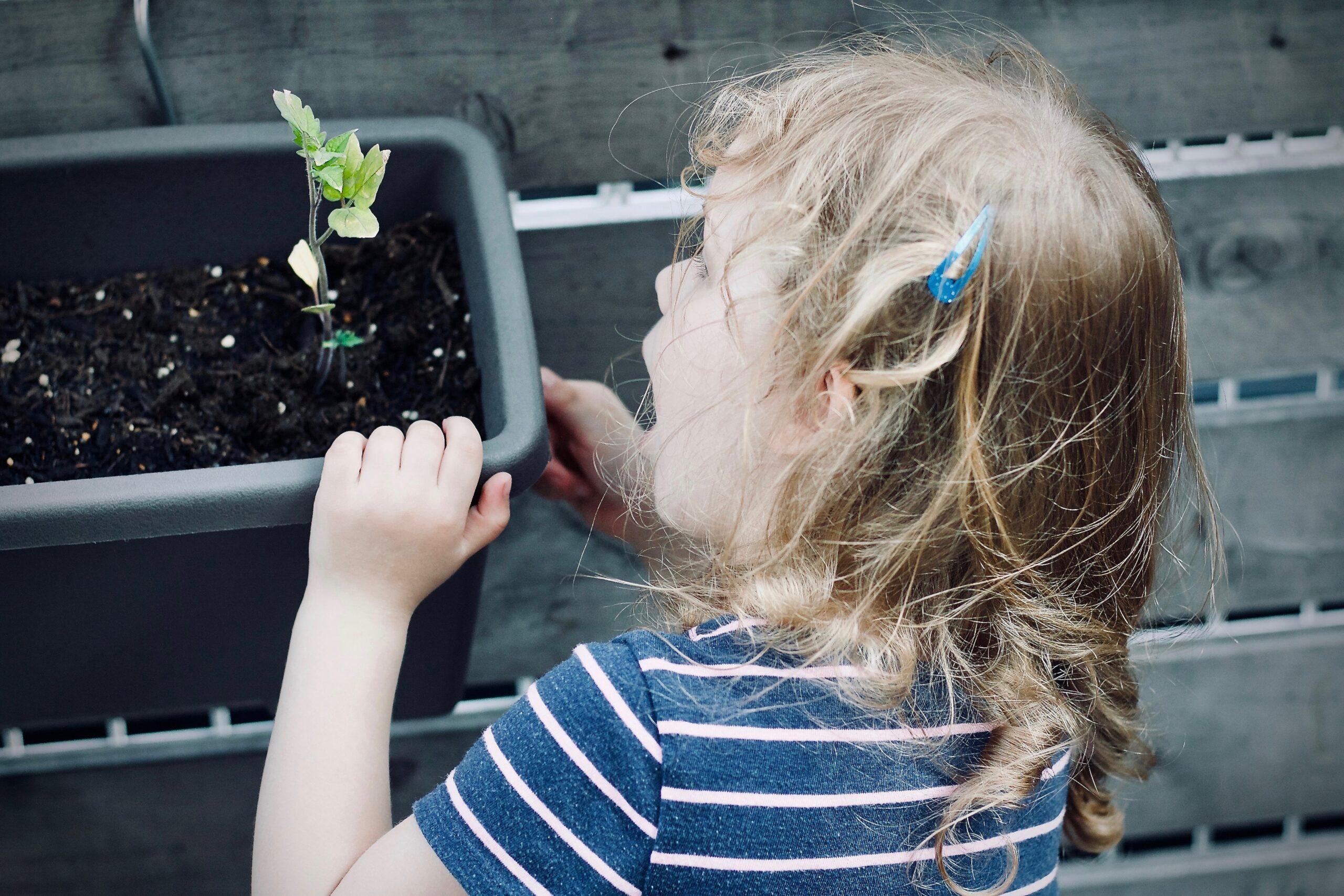Whether a child grows up to be an artist or not isn’t always clear. But the skills involved in a child’s art making, including a toddler’s scribbles, cultivate lifelong learning. Those benefits stem from what’s known as higher order learning. And higher order learning, like decision making, problem solving, risk taking, and creative thinking, is most accessible through the arts.
In these tough economic times of budget cuts to arts education, parents play a vital role in fostering their children’s art making and understanding. Champion your child’s creative growth in art making, viewing, and appreciation with the following strategies.
Making Art
Set up a studio-like space in your home that your child can easily access. This might simply be a table and chair. Table easels are lightweight, foldable and easily stored. For two or more children, double-sided easels work especially well.
Use recycled materials to keep costs down. Something as simple as an aluminum lasagna pan makes a great, no-spill paint station. A cotton swab dipped in water turns magic marker drawings into watercolor-like creations. The possibilities are endless.
Offer a variety of projects and art forms. Kids may show a preference for one material or process over another. Experimenting with a few mediums, such as painting, sculpture, collage, or printmaking, helps children discover their niche.
Looking at Art
Create an exhibition area. This works well in a kitchen or living room where the whole family can view and discuss children’s art. One suggestion is to mount blank frames over kitchen cabinets to display pictures.
Bring art home. Large coffee table books offer an ideal way for children to view full-sized reproductions.
Introduce children to artists to foster an inside view of the creative life and process. You’re sure to meet artists at openings for exhibitions. Most artists are happy to discuss their work and may even open their studios for tours. See gallery guides for directories of local exhibitions.
Encouraging Art
Give kids time and space to broaden their imagination. This focused time can also be a shared experience by engaging in a family art project. Working side by side while including children’s ideas boosts their confidence in any creative endeavor.
Offer open-ended suggestions for inspiration when children get stuck. For instance, instead of using cut-and-dried formulas, children develop a better grasp of color mixing through direct, hands-on experimentation.
Suggest genres, such as portraiture, still life, landscape, or abstract design, to develop your child’s sense of choice.
Be specific with praise. A comment like, “Your drawing is beautiful” can be clarified with, “I love how you drew those strong, dark lines beside those lighter ones.”
Express the place art has in your life. Sharing your feelings about art with your child is mutually beneficial and offers time to bond. What styles, genres or periods of art history do you most enjoy? Which artists do you like best, and what are your favorite art materials and colors?
Helpful Online Resources
- Visit The Metropolitan Museum of Art’s For Kids webpage for a list of museum maps, guides, and programs.
- Take your child on an interactive adventure through the Smithsonian Institution’s Everything Art page.
- Find project ideas created by teachers at Kinderart.
- Publish your child’s art online.



